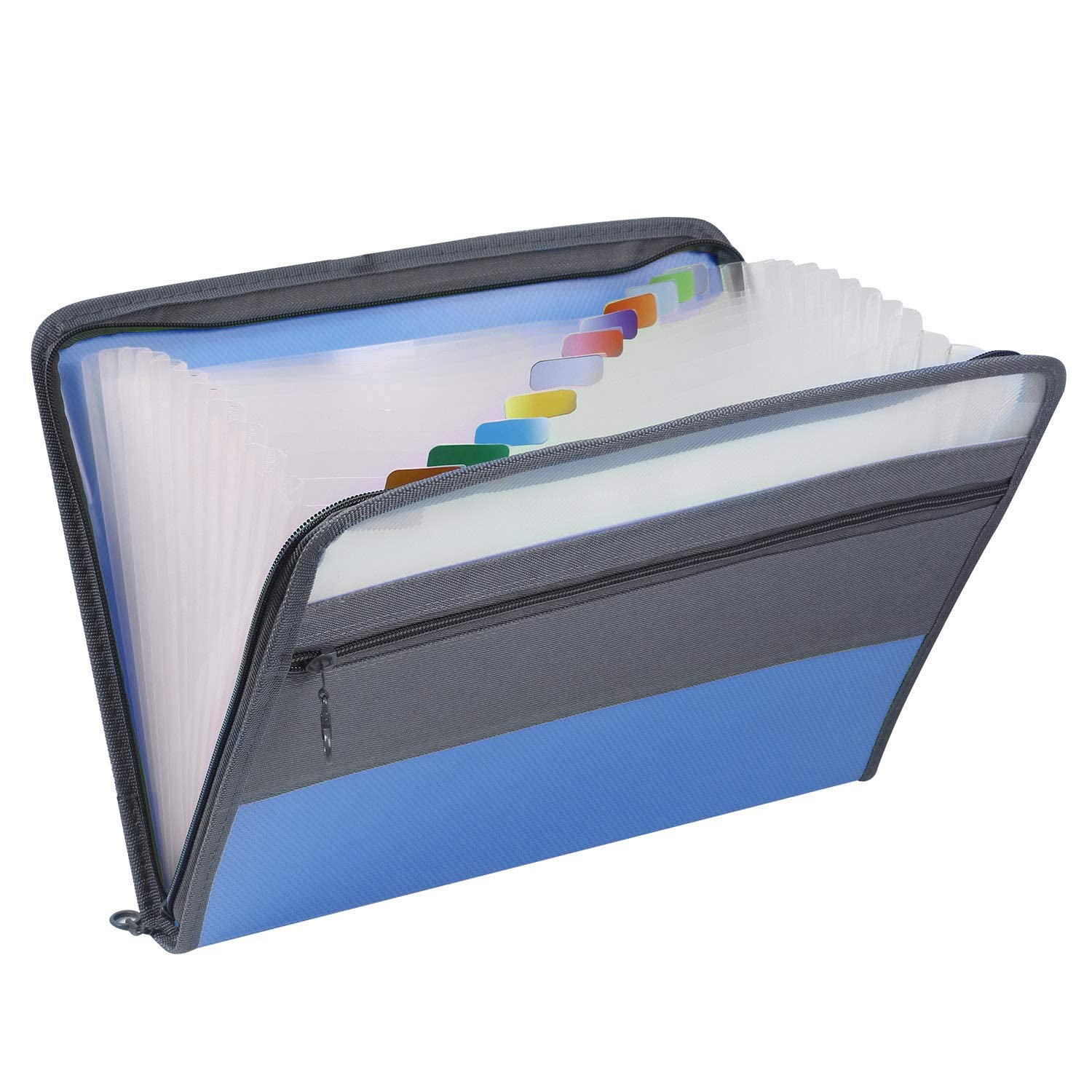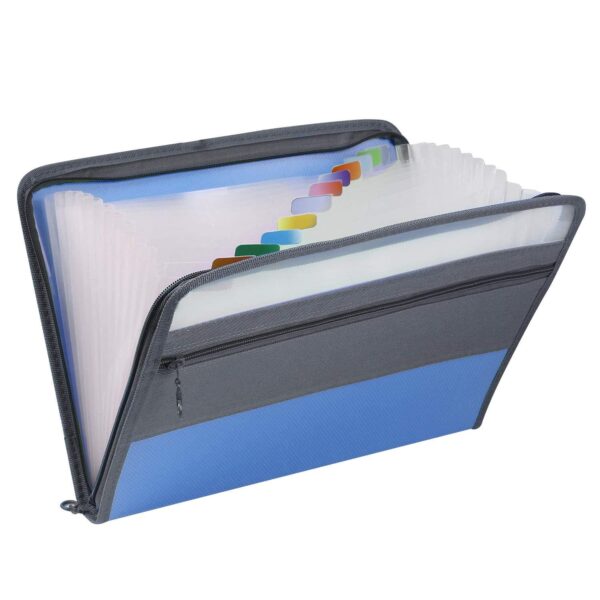Description
GDA
QUESTION DESCRIPTIONS:
Use the microchip dataset . Use 70% of the data for training and 30% for testing.
(1) Use raw data as given, and from there develop a GDA model (without Box-Muller transformation). Thereafter, utilize the same to predict whether a component will be accepted or rejected.
(2) For two features, first using Box- Muller transformation create new data set having
Gaussian distribution within the range of the given data set and create Gaussian Discriminant Analysis (GDA) model.Thereafter utilize the model to predict where a component will be accepted or rejected using testing data
Compare the performance of GDA in both the above cases and write comparative analysis report.
[QUESTION 1]
RESULTS:
The dataset was divided into 70% training and 30% testing.
Accuracy of the transformed testing data using raw Dataset:63.888888888888886% => The results can vary because of the random distribution of training and testing data.
SCREENSHOT OF RESULTS OBTAINED:
[QUESTION 2]
RESULTS:
The dataset was divided into 70% training and 30% testing.
Accuracy of the transformed testing data using raw Dataset:97.22222222222223% => The results can vary because of the random distribution of training and testing data.
SCREENSHOT OF RESULTS OBTAINED
Histogram of Guassian Data
Calculated Values
Guassian Distribution of Two Classes
Guassian Distribution of Two Classes
CONCLUSION
It can be clearly seen when a Gaussian Dataset(created using BoxMuller Transformation) is used, predictions are very accurate but when a non-Gaussian Dataset(given raw dataset) is used, predictions are comparatively less accurate.




Reviews
There are no reviews yet.